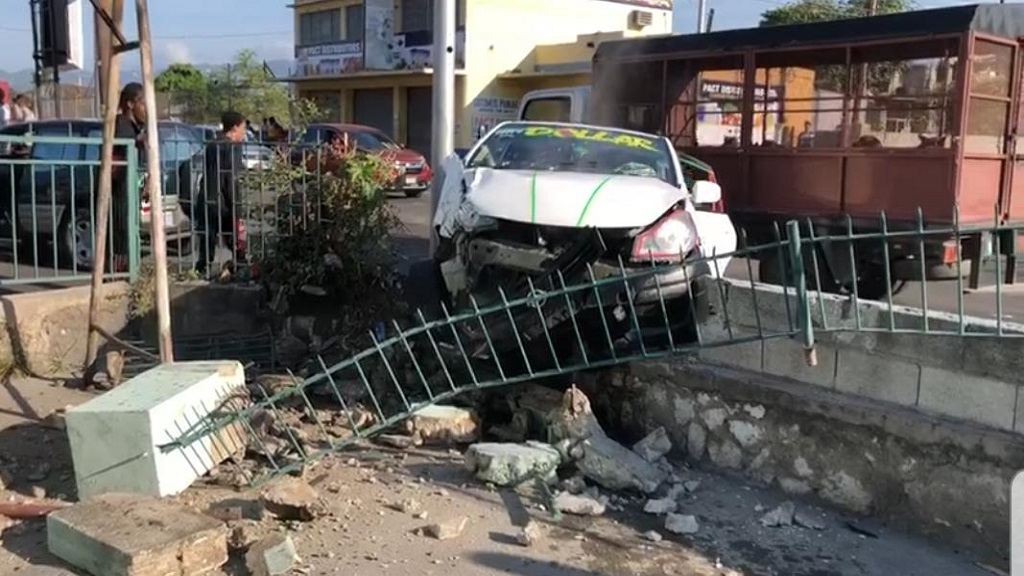

#PICKTORIAL CRASH LOOP OFFLINE#

Troubleshooting CrashLoopBackOff Messages Sometimes you’ll experience the CrashLoopBackOff status as a “settling” phase to the changes you’ve performed… only for the error to resolve itself when each node eventually gets the resources and priority perfect for a stable environment. This makes your life easier when troubleshooting for the exact source of the failure that sparks a restart loop.
#PICKTORIAL CRASH LOOP UPDATE#
To fix this trigger, consider changing your update procedure from one that’s brutal (direct and all-encompassing) to one that rolls in changes one pod at a time. The mere fact that a master has to be elected from among the available options results in several such restart loops. Say you had a shared master set up, but later ran an update that restarted all pod services. If you’re constantly updating your Kubernetes clusters with new variables, sparking resource requirements, chances are they’ll encounter a CrashLoopBackOff. Where new pods are started when a custom token is in use, make sure they comply to avoid perpetual startup failures. To fix this, you can let every other new -mount creation comply with the default access level across your entire pod space. The service account file missing would be the declaration of tokens that will pass authentication. The above scenario could happen if at some point you manually created pods with unique API tokens to access services across a cluster. This could happen because some of the containers inside a pod are not operating on the default access token when trying to interact with APIs. For example, var/run/secrets/kubernetes.io/serviceaccount files missing. Sometimes the CrashLoopBackOff status activates when Kubernetes does not find runtime dependencies. If you’re migrating projects into your clusters, meeting incoming projects’ Docker versions can even mean rolling back a few versions. This way, no inconsistencies or deprecated commands trip containers into start-fail iterations. To fix this, and as a best practice, make sure the latest version of Docker and any other plugins within your workflow are at their highest, most stable versions. A quick -v check against your containerization tool, Docker, should reveal its version. Examples of why a pod would fall into a CrashLoopBackOff state include:Ī common cause for the pods in your cluster to show the CrushLoopBackOff message is due to deprecated Docker versions being sprung when you deploy Kubernetes. However, a container can fail to start regardless of the active status of the rest in the pod. This typically happens because each pod inherits a default restartPolicy of Always upon creation.Īlways-on implies each container that fails has to restart. What Does CrashLoopBackOff mean?ĬrashLoopBackOff is a status message that indicates one of your pods is in a constant state of flux-one or more containers are failing and restarting repeatedly. By the end of the article, you’ll be able to troubleshoot and resolve the state from its point of origin. Let’s explore what a CrashLoopBackOff error really means and how you can use kubectl commands to drill down and debug. Then there’s the Failed state, which by all manner of reasoning should be more alarming than a looping state. Just as a pod can be either Pending just after it has been created, Running when active, and Successful when it has completed its scheduled runtime, the CrashLoopBackOff is also a state confirmation. It’s comforting to treat CrashLoopBack as a status update more so than an error. With a little effort, it can lead you straight to the reason why your pod is crashing in a loop. So you’ve encountered a CrashLoopBackOff error when running Kubernetes pods-worry not! Despite what some might have you believe, this is not the end-all of errors.


 0 kommentar(er)
0 kommentar(er)
